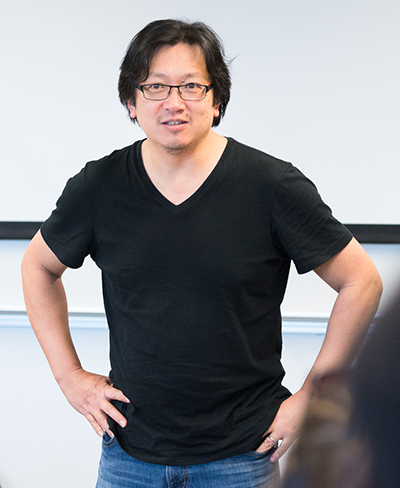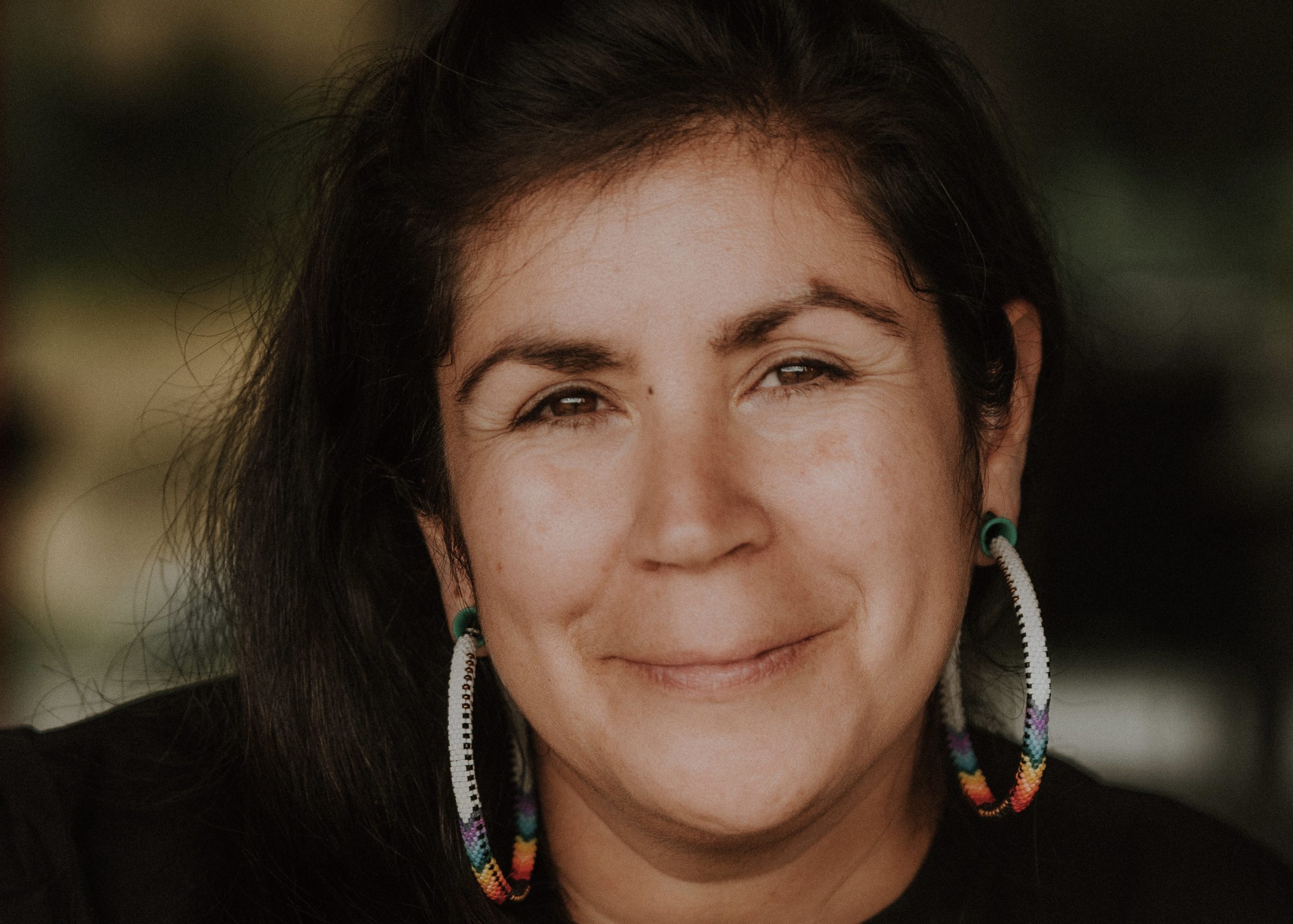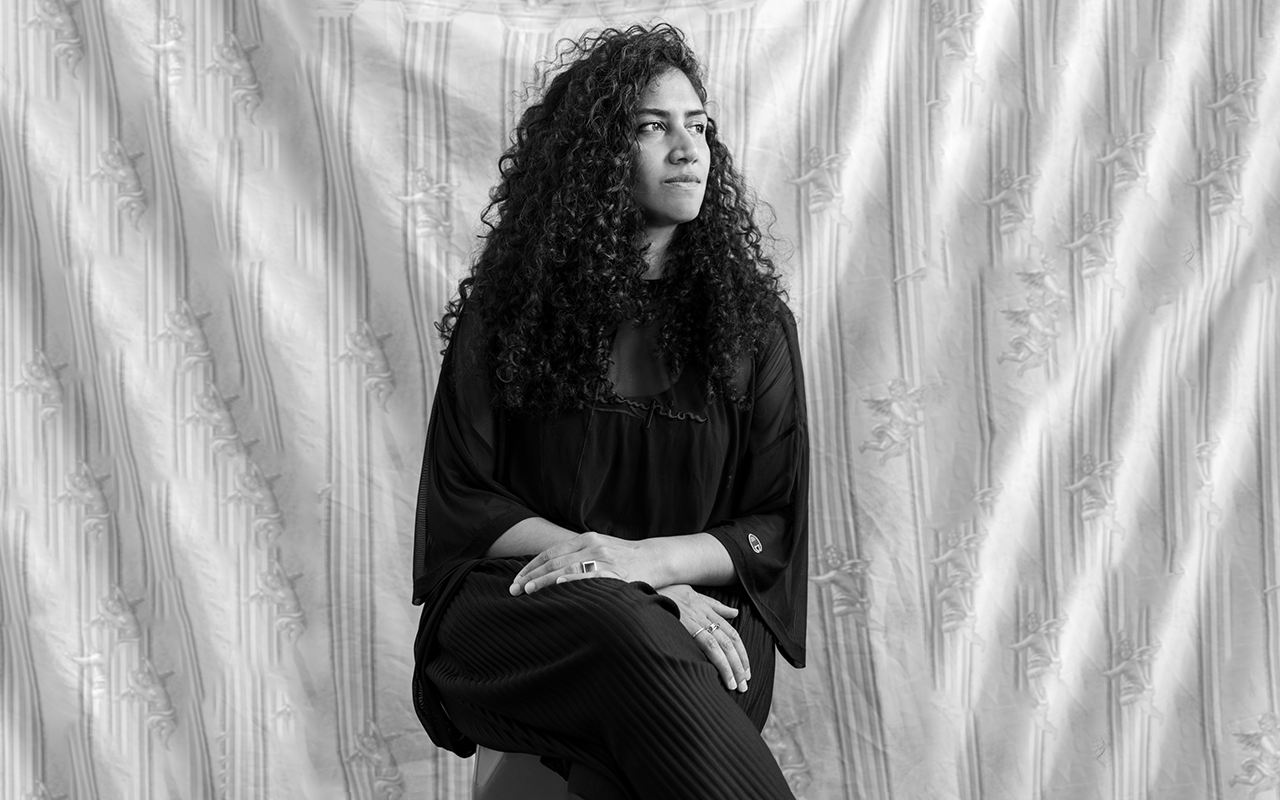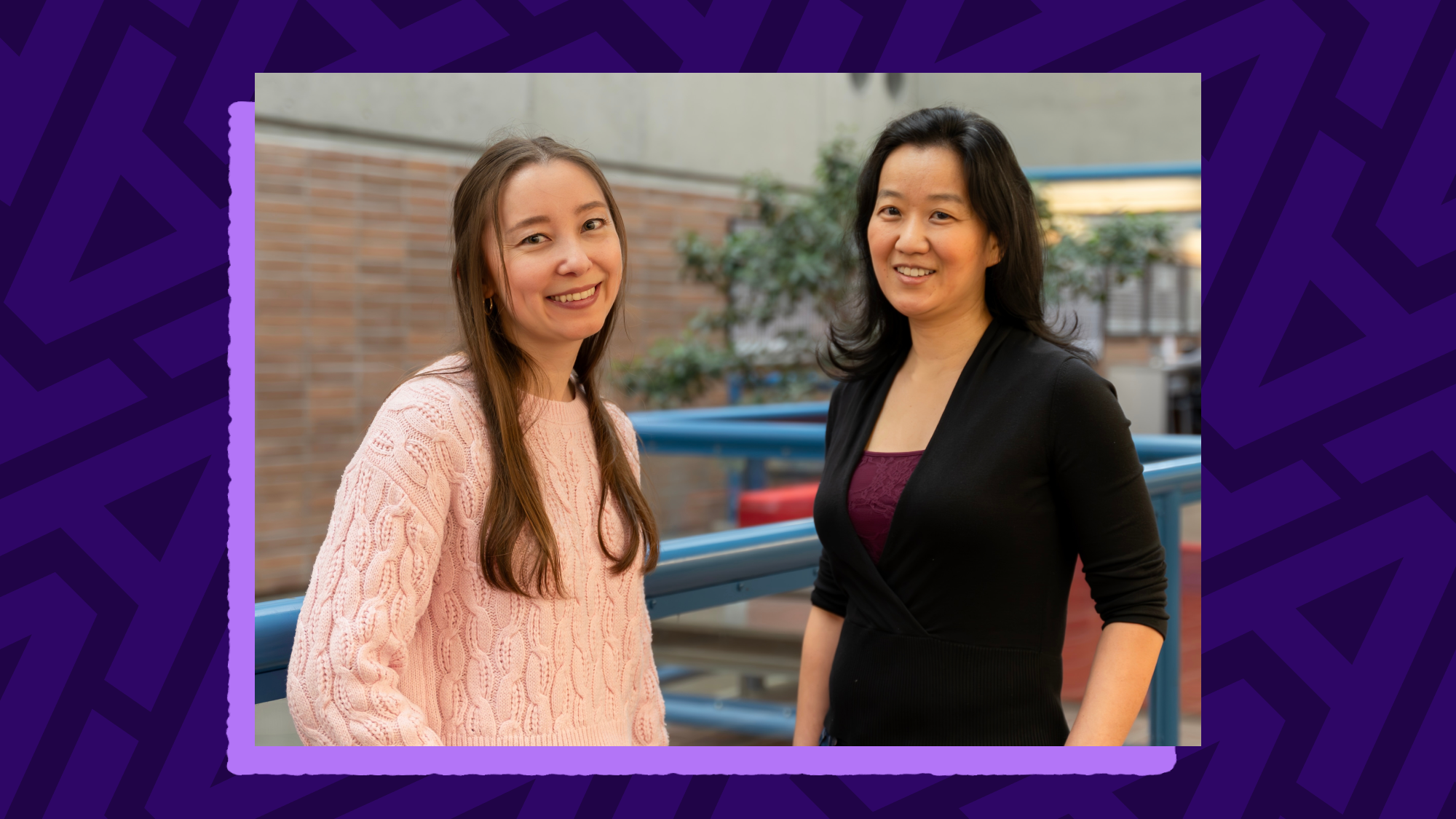

Dr. Henry Yu is an Associate Professor of History and a co-chair of the Legacy Initiatives Advisory Council (LIAC), which advises the Province of British Columbia on projects recognizing the contribution of Chinese Canadians to its history. He also led a research team formed to explore and assess the heritage value of historic gold mining sites along British Columbia’s Fraser Corridor. The Faculty of Arts spoke to Dr. Yu about the forgotten stories behind these mining sites, and how we can protect these sites for future generations.
How did you discover this chapter of BC’s history?
My father was a mining engineer, and I remember as a kid he talked about there being a “Chinaman’s tunnel,” a tunnel that pre-dated the mine he worked on near Hope, BC. But when I learned about the Gold Rush in school, the Chinese weren’t really part of it. They’re acknowledged, like, “Oh the Chinese were here during the gold rush”. But what were they doing the rest of the time?
So I became a historian because I was interested in these kinds of stories. A lot of permanent mining sites are associated with Chinese Canadians, because the Chinese tended to work in larger groups in a concerted way, and tended to stay longer, after others had left for other gold rushes. Some of these sites along the Fraser River are only accessible by water, by raft. And at a lot of these sites, you literally feel like you’re walking in the footsteps of people a hundred years ago, because the path you walk today is the same one they walked. You can still see their wheelbarrow tracks grooved into the ground.
So we formed a team to look into these, and the Heritage Branch of the Ministry of Forest Lands and Natural Resources Operations created a contract for us to assess the heritage value of these sites. Because of the official apology in the provincial legislature in May 2014 for BC’s history of anti-Chinese legislation, there were some legacy projects organized. One of the legacy projects was to recognize Chinese-Canadian sites of significance to B.C. history. A public nomination process identified 77 different sites all around the province, with 21 recognized by the province in January of 2016. And two sites along the Fraser Corridor which our team worked on were nominated by the Lytton First Nation as significant sites to them for the presence of Chinese-Canadians in their territory. Our team, which included geographer Michael Kennedy and archaeologist Doug Ross, had also identified those two sites as significant for the history of Chinese Canadians in B.C., and so we’re happy to have played an integral part of that process of uncovering the importance of these sites.
How did relationships between Chinese Canadians and local First Nations first develop?
They developed as soon as people arrived from other parts of the world to BC. People came by ship from across the Pacific, from not just Europe, but also from places like Hawaii and Guangdong province in China . Before the gold rush there were fur traders, so the Chinese were here from 1788, when the first non-Indigenous people began to arrive in significant numbers.
Again, it’s one of the things we don’t realize, that the Chinese came here right from those first moments of non-indigenous people’s arrival. And in many ways, they tended to deal differently with the existing First Nations. At first, all non-Indigneous peoples had to be very respectful of those already here. But eventually, a colonial pattern occurred where the British said, “This is all ours”.
But the Chinese migrants didn’t have territorial ambitions. They weren’t part of an expanding empire, so they often lived and worked among indigenous communities with reciprocal, respectful relations. There also tended to be a lot of inter-marriages into indigenous communities, which are now a relatively forgotten story because of broader policies aimed at wiping out indigenous peoples’ awareness of their own history and culture –residential schooling, the banning of speaking of indigenous languages, the banning of cultural practices such as the potlatch—these all had devastating effects and we’re still recovering from them in British Columbia. There was an active erasure of the place of both First Nations and non-Europeans in B.C. history, and part of the loss was the history of relationships between First Nations and Chinese.
How might the discovery of these communities’ contributions to B.C. help mitigate ongoing systemic and social discrimination?
I’m not a big fan of the word “contribution”. There are lots of contributions by many people to BC history, but that shouldn’t be the standard by which we judge whether something’s interesting. Did it contribute to who we are right now? Well, it might well be that some of those things that happened didn’t contribute later on. But they should have.
For instance, treating First Nations with respect. Did the fact that the Chinese migrants treated First Nations with respect shape the way that First Nations were treated by the BC government later on? Probably not, because neither First Nations nor Chinese were treated well.The Chinese, First Nations and others considered “non-whites” had the vote stripped from them right after BC became part of Confederation in 1871. So what we’re looking at is an alternative past. Alternative pasts can be an inspiration and a lesson to us of what might have happened had things been different.
So we have become a better place, a more fair and just society. But this hasn’t been because of the good graces of those who already had the privileges denied others, but through the efforts of those who struggled against legalized discrimination. Because generally it wasn’t the people benefiting from discrimination who pushed for changes; the people who were excluded and marginalized forced those changes. And knowing how our society has changed for the better, and who was responsible for that, is an important lesson for Canadians of all kinds, including new Canadians who have recently arrived.
What implications do these historic mining sites have for today’s resource extraction industries?
We need to ask what the value of these sites are as heritage sites. What meaning do they have – should they have – to British Columbians?
Should we preserve them exactly as they are, or should we allow mining in some sites but not in others? That’s part of what we’re trying to do: assess sites and also the potential for allowing new uses or not, dependent on the quality of the site and the different values that the community locally as well as British Columbians have for it. Any decision needs to include the First Nations upon whose territory these sites sit. 98% of British Columbia is unceded territory, neither ceded through treaty or defeat in battle. That means that all decisions about the use of these sites must consider their choices.
What can we do to protect historic sites in BC?
The Province has adopted a set of protection and preservation policies that are consistent with UNESCO world heritage policies. It’s not just the tangible, physical features of a site, but also the “intangible characteristics” that give a site heritage value. These include the kinds of cultural and spiritual meanings that a site had historically and has now for people. And it’s partially through determining these kinds of meanings of a place that we can assess its ongoing heritage value. So its crucial that we educate people about these sites through the kinds of research and public education projects in which I’ve been so lucky to take part. If we are going to protect these sites, we want a broad spectrum of British Columbians to believe that they continue to have meaning and value for us today and for future generations.
What are some examples of the difference between “tangible” and ”intangible characteristics”?
Let me give you a local example – Vancouver’s Chinatown. There are “heritage buildings” in Chinatown, some of them dating back almost to the founding of the city 130 years ago. The buildings are a “tangible” feature of Chinatown as a heritage site. But if we just preserve the old buildings, and there’s no Chinese food, no Chinese culture and no Chinese seniors, no produce spilling out of Chinatown stores onto the sidewalk, none of the unique sights and smells of Chinatown– it would it be a different place.
Gastown is a lot of old industrial buildings and warehouses turned into hip restaurants and stores. Maybe that’s the right use of those “tangible” heritage assets, but in other places, such as Vancouver’s Chinatown, the cultural activities might mean just as much or more than the buildings. Chinatown has been historically a place with a vibrant streetlife and culture, and its in these characteristics that we find the intangible heritage value that is so important not to lose. So the stories and daily activities in places like Chinatown have meaning and heritage value.
For me, these historical gold mining sites on the Fraser represent the kinds of histories that we need to conserve for future generations because they are representative of our past, of who we were and who we might have been if things had gone differently, and who we still might hope to become if we treat each other with respect. That gives them incredible meaning and value, whether you’ve just arrived from outside Canada, or you’re fourth- or fifth- or sixth-generation here – or a hundred-generations as a person who is indigenous to these lands.
So what can we do to protect the sites?
Right now, there is no legal protection for Gold Rush historic sites. For much of our history, British Columbia has been a resource-extraction economy. We took land from someone else, and we took resources from that land and sold it. We still do. So most of our policy tools for licensing are around that process as an extractive resource economy. But one of our most important industries in B.C. is tourism, and there is a great tourist interest in the history of the Gold Rush, especially the role of Chinese and other less known miners. So there is a mismatch between the lack of protection for these historical Chinese gold mining sites in our heritage policy and their potential value to tourism as one of our largest, fastest growing industries.
Right now, we have some work to do – first to let British Columbians know that these sites exist, and what kind of things might be valuable about them. At the same time, we need to have open conversations about our shared history in this province, both about the dark periods of racism and discrimination as well as more hopeful ones about the work that people put into helping make this society great. It’s only through such ongoing conversations that we will determine the heritage values and meanings of historical sites, and whether and how they should be preserved for our children and our children’s children.


